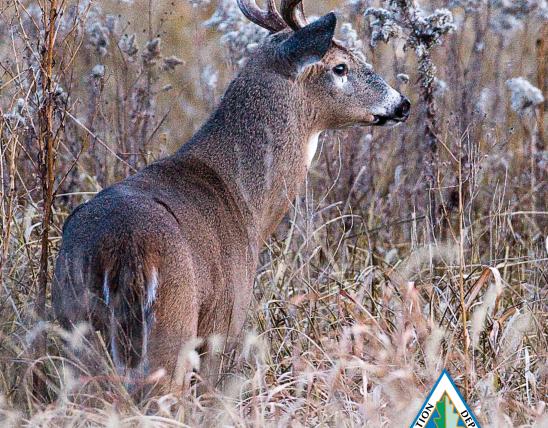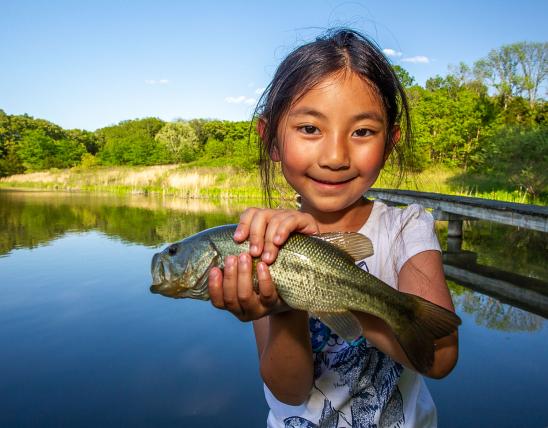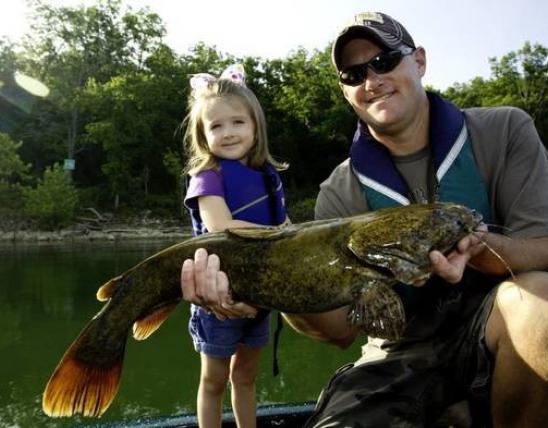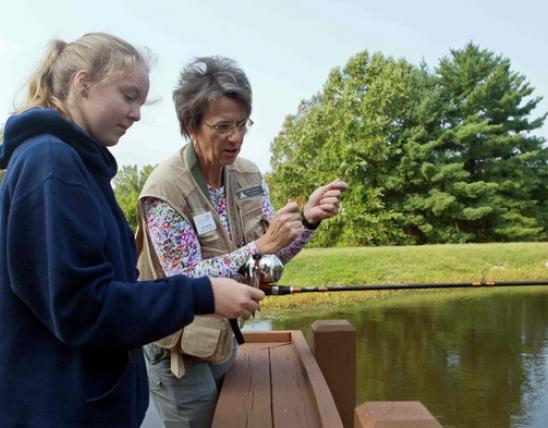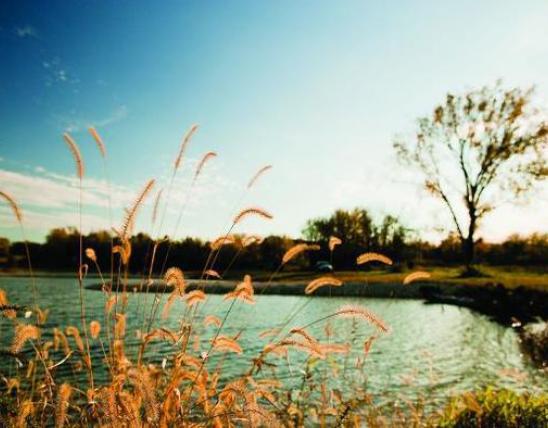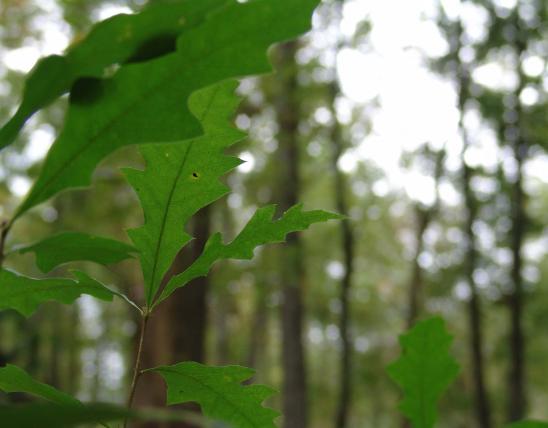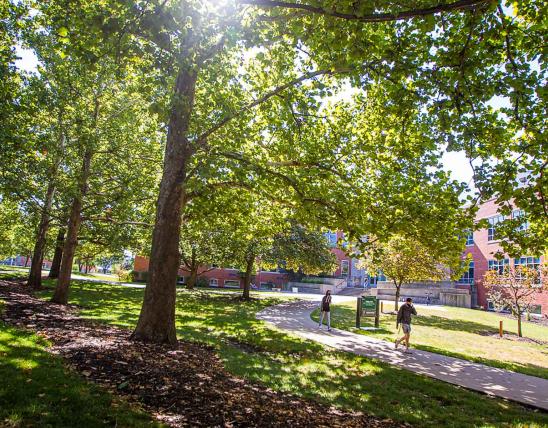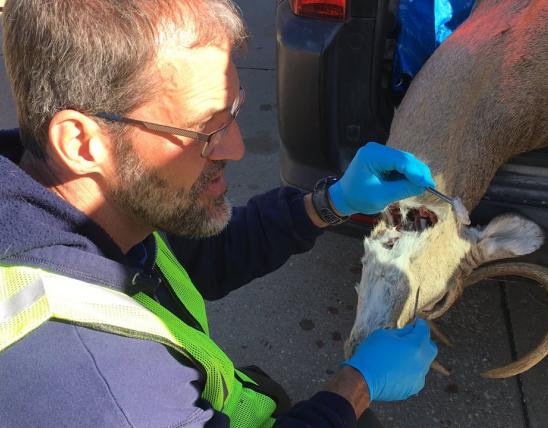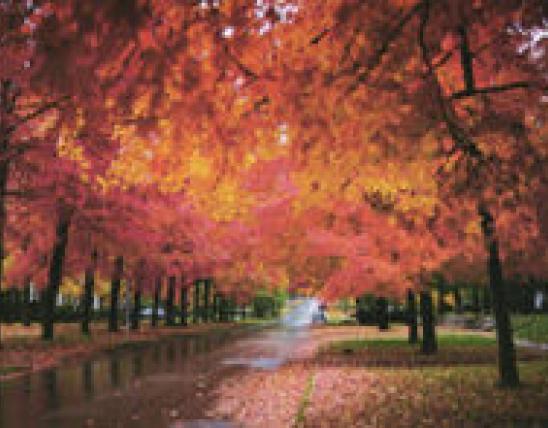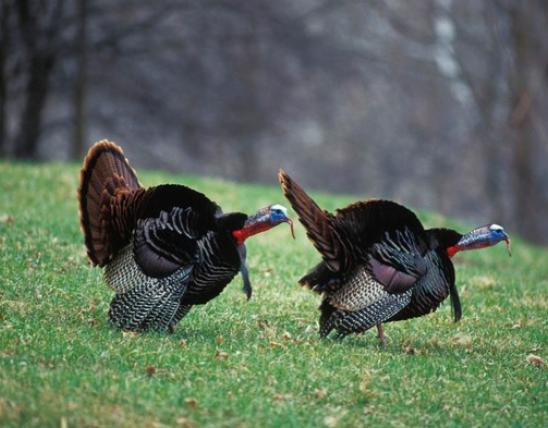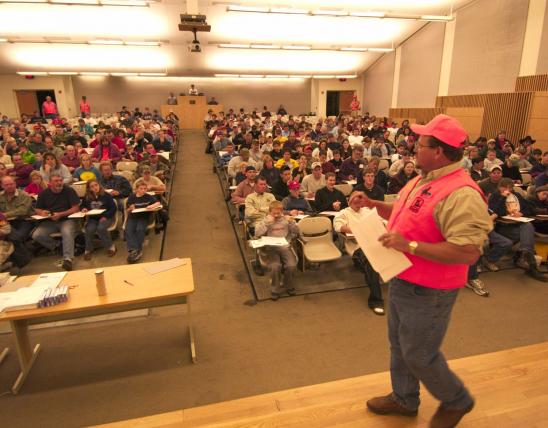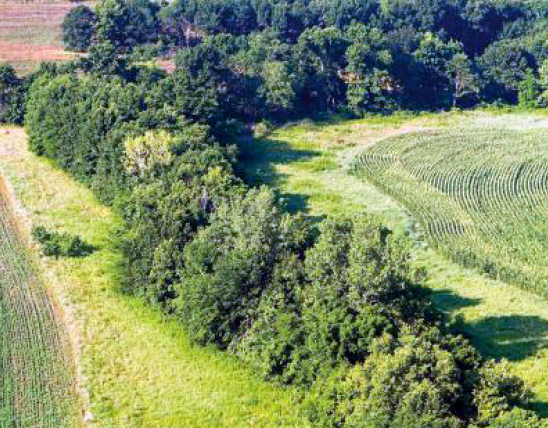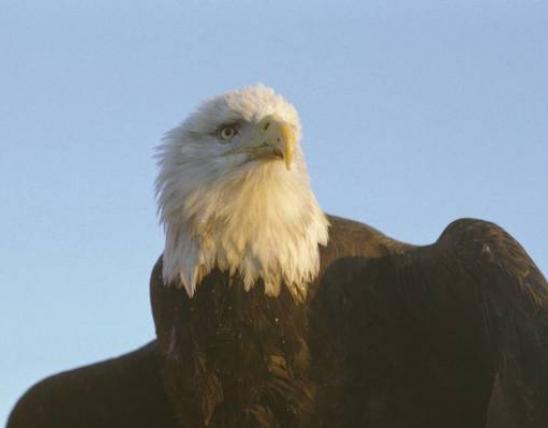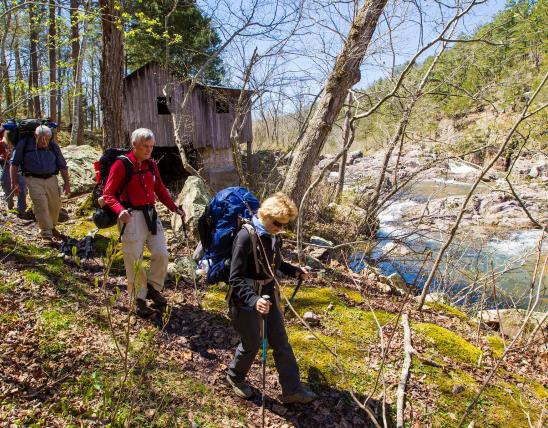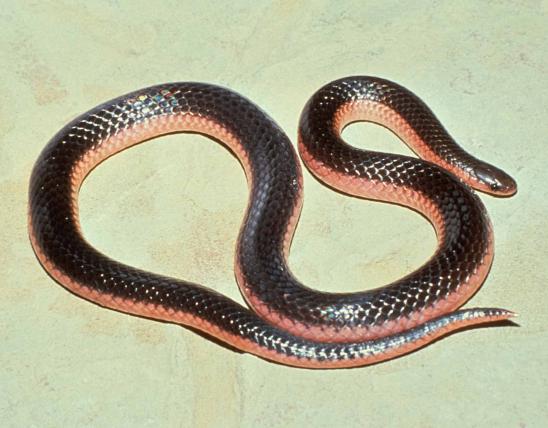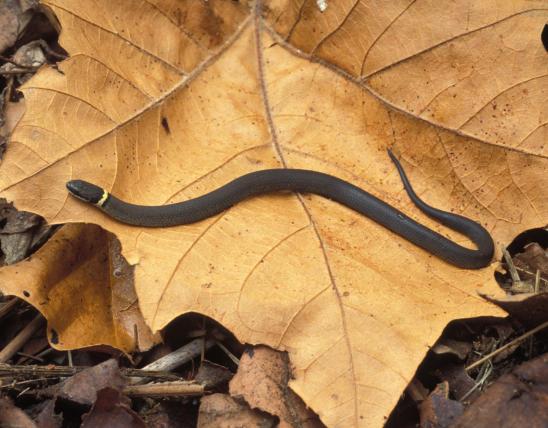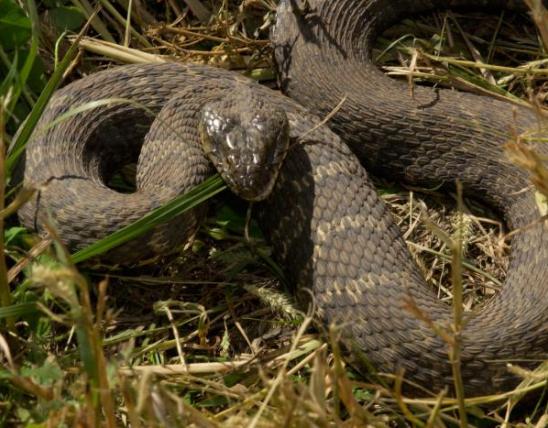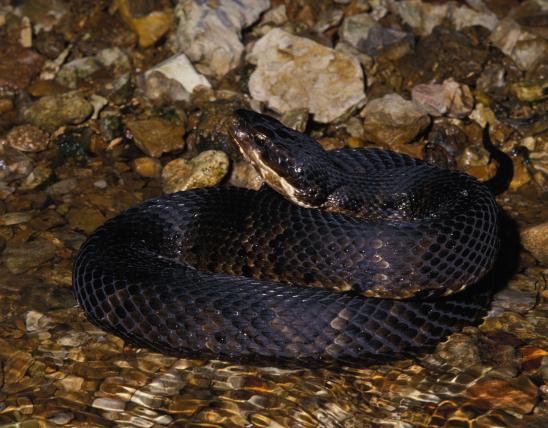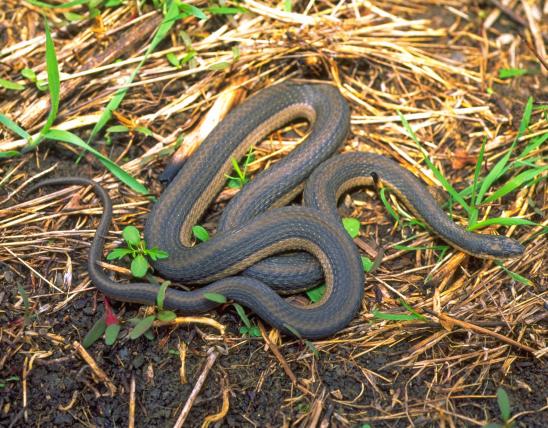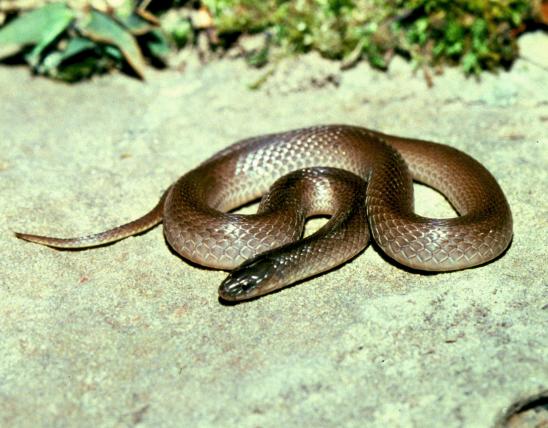
The western mudsnake is a medium-sized, smooth, glossy black snake with a red-and-black-checkered belly. In Missouri, it is limited to natural swamp habitats in the Bootheel region. The upperside (dorsal) color is black or bluish black and extends onto the belly to form irregular bands. These bands of black are separated by the red belly color extending onto the sides. The head and body appear slightly flattened. The dorsal scales are smooth; the anal plate (last belly scale, which covers the anal opening) is divided. The tip of the tail normally terminates in a sharp but harmless spine.
Young western mudsnakes are the same color as adults but have a sharper tail tip compared to the blunt tip in adults.
This snake's sharp-pointed tail is completely harmless and cannot break the skin of humans. It is used for both defense and as part of its feeding strategy.
Adult length: 40–54 inches; occasionally to 82 inches.
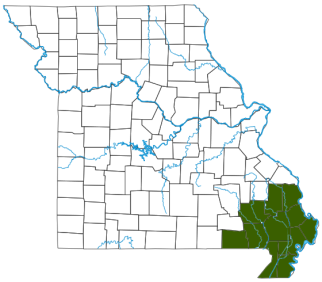
In Missouri, this species is restricted to the natural swamps of the Mississippi Alluvial Basin of southeastern Missouri. The overall range in North America extends east and southward into the Gulf Coast states.
Habitat and Conservation
This semiaquatic species is active from late March into early October. In Missouri, it is most active from April through June. A highly secretive species, mudsnakes are seldom active during the day, preferring to take shelter under logs or in animal burrows.
Mudsnakes are swamp dwellers and prefer shallow areas where there are numerous rotten or water-soaked logs. They live in flooded hardwood forest bottomlands, marshes, swamps, margins of streams, oxbow lakes, moist soil units, and occasionally in drainage ditches.
Mudsnakes may overwinter in decaying stumps, cavities at the base of trees, and burrows along banks overhanging water. One study found that mudsnakes typically overwinter some 13 to 20 feet from the edge of natural wetlands and ditches, mainly using sites that have an eastern, southern, or southeastern exposure.
Because of its habitat and dietary restrictions, it is vital we preserve our last remaining natural swamps in the Bootheel.
Food
Although it occasionally eats salamanders, tadpoles, and frogs, this snake is specialized for eating amphiumas and lesser sirens, which are both elongated, eel-like aquatic amphibians. These slippery creatures writhe and squirm when molested and coil into a ball. The mudsnake, however, uses its sharp-pointed tail to prod its prey, causing it to uncoil for easier swallowing.
Contrary to an old myth, this snake's pointed tail does not have a “stinger.” It cannot even break human skin.
Status
The western mudsnake is listed as a Missouri species of conservation concern due to loss of wetland and bottomland forest habitats and limited distribution in southeastern Missouri. Because this species requires a natural swamp habitat, it is important that Missouri’s last remaining native cypress swamps and surrounding bottomland hardwood forests be preserved.
Life Cycle
The reproductive biology of this species is not known in great detail, in Missouri or anywhere else in its range. They presumably breed in the spring, probably in April through June. Eggs apparently are laid in animal burrows, rotten logs, or cavities at the bases of trees. Nesting likely occurs from July to early September. There are 11–50 eggs in a clutch, and females remain with the eggs, surrounding them in a loose coil, until they hatch, in August to early October.
Newly hatched mudsnakes may remain near their nest site and not move into swamps until the following spring, when their prey, small amphiumas and young lesser sirens, are more abundant.
One study showed that females must be at least 2.5 years old to become reproductively mature. Males probably mature sooner than females. A wild-caught adult female lived more than 18 years in captivity.
Human Connections
Missouri is a state blessed with many different types of habitats, each with its own unique combinations of species. Just as one finds prairie-chickens on the prairie, catfish in a big river, and darters in the Ozarks, there are mudsnakes in our Bootheel swamps. All are natural treasures.
Mudsnakes are not known to bite to defend themselves, but when freshly captured they will attempt to prick one’s skin with the tip of the tail. This behavior may be startling, but the tail tip cannot break the skin.
Human myths about animals reveal the emotional and imaginative energy we invest in them. Two myths associated with this harmless snake have persisted for years. One myth involves the sharp scale at the end of the tail, which is erroneously believed to be a stinger that can deliver a deadly venom. This has given rise to the local name "stinging snake." The second myth claims that this swamp dweller can grasp its tail in its mouth and roll across the ground with great speed. There is no truth to either of these myths.
Ecosystem Connections
The western mudsnake is part of the unique natural community of cypress swamps in the Bootheel's Mississippi lowlands region. The mudsnake, the amphiumas and sirens it preys upon, and the creatures that in turn prey on it all thrive in our natural cypress swamps.
Inborn defensive behaviors are a sign that a species is commonly preyed upon by other animals. This snake's instinctive tail-poking behavior is one of these, as is its generally secretive nature. In addition, a female mudsnake captured in southern Mississippi feigned death much like a hog-nosed snake. Also, when threatened, a mudsnake may also tuck its head beneath its coils and curl the tail to show the red belly coloration, which might be startling enough to make a predator hesitate long enough to allow the mudsnake to escape.




